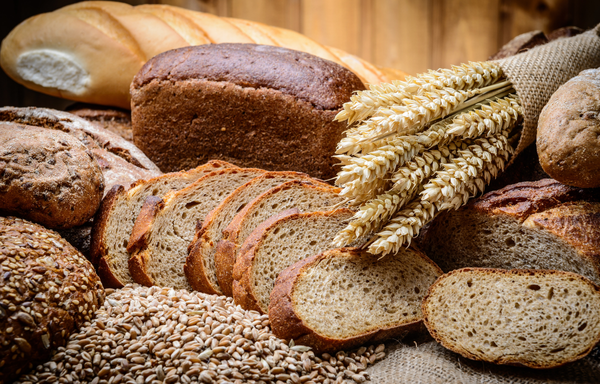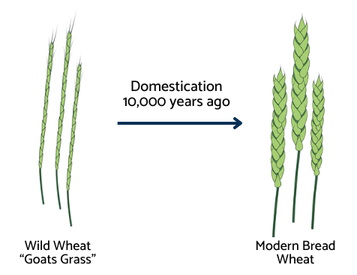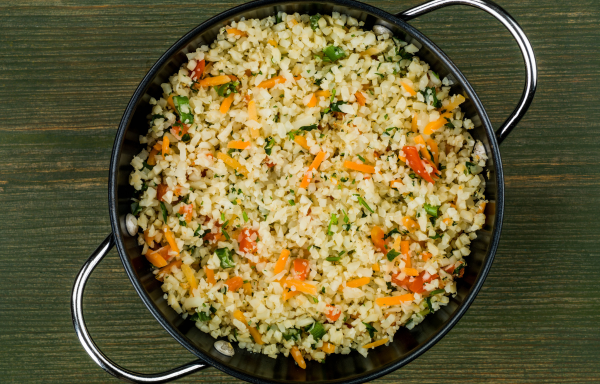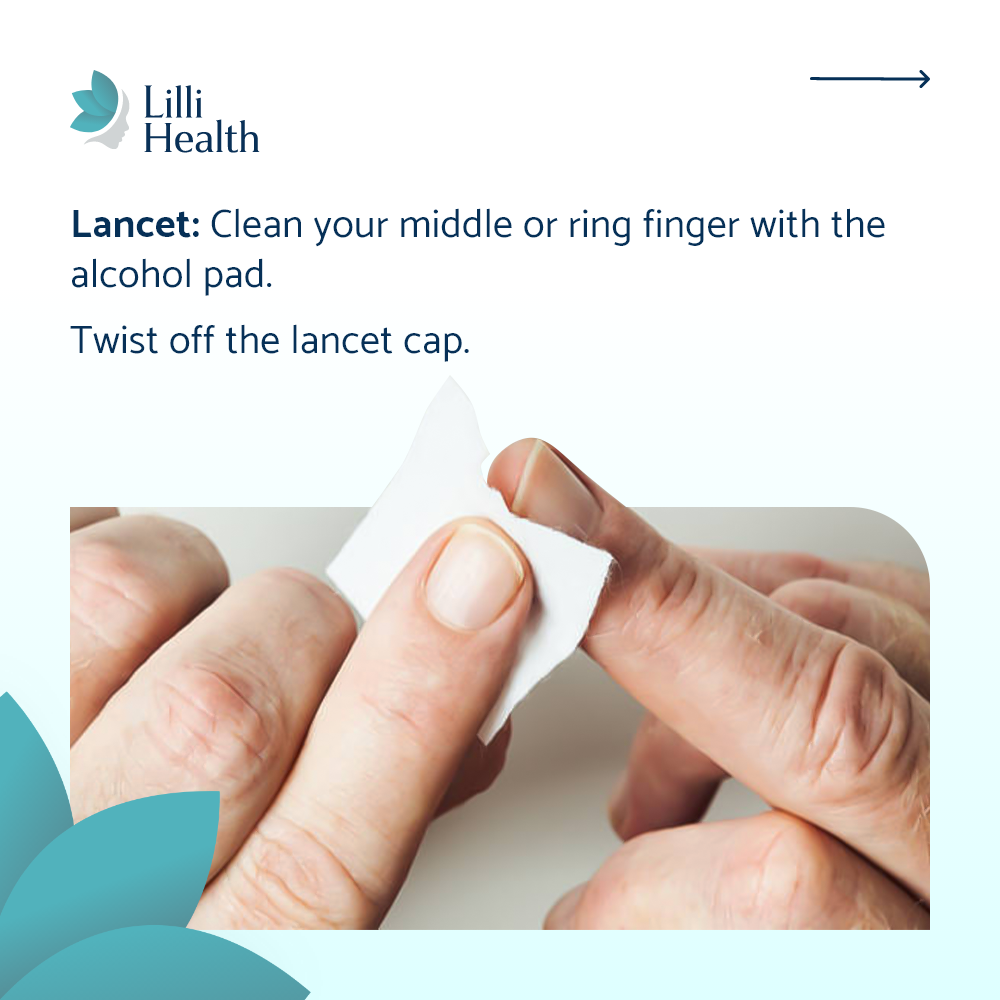

The Wheat We Eat: A Grain of Truth
Wheat Hasn’t Always Looked Like This
When people say “we’ve been eating wheat for thousands of years,” it sounds reassuring. But in the grand scheme of human evolution, thousands of years is a blink of an eye. For 99% of human history, our ancestors didn’t eat grains at all—especially not the kind of wheat products lining grocery store shelves today.
The wheat we eat now isn’t anything like the wild grasses our ancestors may have encountered. Through domestication and natural selection, wheat was bred over time to be easier to harvest and process. And more recently, modern agriculture pushed this even further, selecting for traits that made wheat higher in starch, lower in fiber, and easier to grow in large-scale monocultures.
From Goat Grass to Modern Bread Wheat
Wheat started out as a wild grass—barely recognizable as food. But over generations, humans selected the grains that were easier to thresh and gave higher yields. Through cross-breeding and eventually genetic modification, wheat evolved into the modern varieties we use today, like bread wheat (Triticum aestivum).
This type of wheat is extremely high in starch and very low in fiber compared to its ancient relatives like einkorn or emmer. Why? Because starch tastes good, has a long shelf life, and gives baked goods their light, fluffy texture. Unfortunately, this also means a huge glucose load with every serving.

The Real Problem: A Starch Bomb
Even if some older varieties of wheat are “less processed” or “less modernized,” that doesn’t make them a good fit for someone who is glucose intolerant—which is exactly what insulin resistance is. If you have insulin resistance, your body struggles to handle glucose. And since starch turns into glucose in your body, eating wheat—whether it’s white, whole grain, sprouted, or ancient—is still a big insulin ask.
You don’t need to be eating loaves of bread to feel the effects, either. Even small servings can keep insulin levels elevated, prevent fat burning, and worsen symptoms of insulin resistance.
But It’s “Whole” or “Ancient”… So It’s Healthy, Right?
Not exactly.
Yes, whole grains and ancient grains have slightly more nutrients and fiber than refined white flour. But don’t let the buzzwords fool you. They’re still mostly starch. And the metabolic impact on someone with insulin resistance isn’t minor—it’s significant. It’s like putting premium gas in a car that’s already got a broken engine. The fuel is slightly better, but the engine still can’t use it properly.
So while it might sound like a step in the right direction, it’s not enough for someone trying to improve insulin sensitivity.
We Didn’t Evolve for a Starch-Based Diet
Our ancestors’ diets were based on hunting, gathering, and foraging. The foods they ate were high in fiber, low in starch, and nutrient-dense. Once agriculture began, grains entered the picture—but not in the quantities we see today. And certainly not in the form of sandwich bread, bagels, muffins, pasta, and crackers at every meal.
Your metabolism was never designed to process a constant stream of glucose all day long. But modern life is structured around meals and snacks made almost entirely of starch. It’s not your fault—it’s how our food system evolved.
So, What’s the Bottom Line?
We all know we shouldn’t be eating processed wheat, but even though ancient wheat is often considered “healthy” by mainstream standards, if you are insulin resistant (and most people are), it simply isn’t a good fit. Your body doesn’t need more glucose—it needs less. And the idea that whole or ancient grains are safe alternatives is based on outdated thinking that doesn’t consider the realities of glucose intolerance.






















